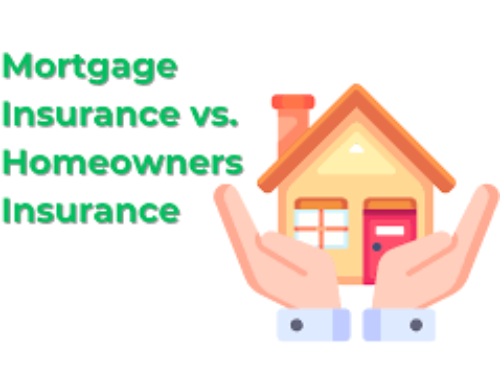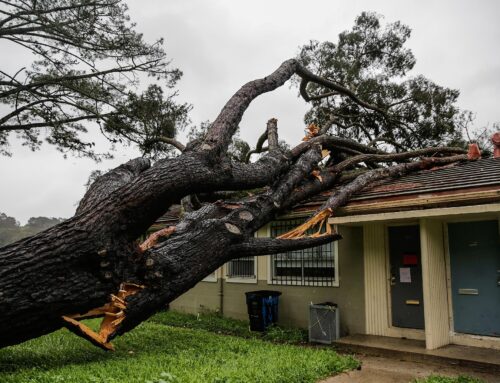Flood insurance is a type of insurance coverage that protects property owners from financial losses caused by flooding. Flooding can result from various events, such as heavy rain, storm surges, melting snow, hurricanes, or blocked drainage systems. Standard homeowners insurance policies typically do not cover flood damage, so individuals and businesses in flood-prone areas often need to purchase a separate flood insurance policy.
Here are some key points about flood insurance:
- National Flood Insurance Program (NFIP): In the United States, the National Flood Insurance Program (NFIP) is a government program managed by the Federal Emergency Management Agency (FEMA). The NFIP aims to reduce the impact of flooding by providing affordable flood insurance to property owners, renters, and businesses.
- Coverage: Flood insurance typically covers damage to the structure of the building and its foundation, as well as contents such as furniture, appliances, and personal belongings. There are usually separate coverage limits for the building and its contents.
- Exclusions: Certain items and types of damage may be excluded from coverage. For example, damage caused by sewer backups that are not a direct result of flooding might not be covered.
- Risk Assessment: The cost of flood insurance is often determined by the level of risk associated with the location of the insured property. Areas designated as Special Flood Hazard Areas (SFHAs) are at higher risk of flooding, and property owners in these areas may be required to have flood insurance if they have a federally backed mortgage.
- Private Flood Insurance: In addition to the NFIP, some private insurance companies offer flood insurance policies. These policies may provide different coverage options and may be suitable for properties that do not qualify for NFIP coverage or where private options are more cost-effective.
- Waiting Period: There is typically a 30-day waiting period from the time of purchase before a flood insurance policy goes into effect. This means that it’s essential to plan ahead and not wait until a storm is imminent to secure coverage.
It’s important for property owners to carefully review the terms and conditions of their flood insurance policies to understand what is covered and what is excluded. Additionally, individuals should work with insurance professionals to determine the appropriate level of coverage based on their specific needs and circumstances.






Leave A Comment